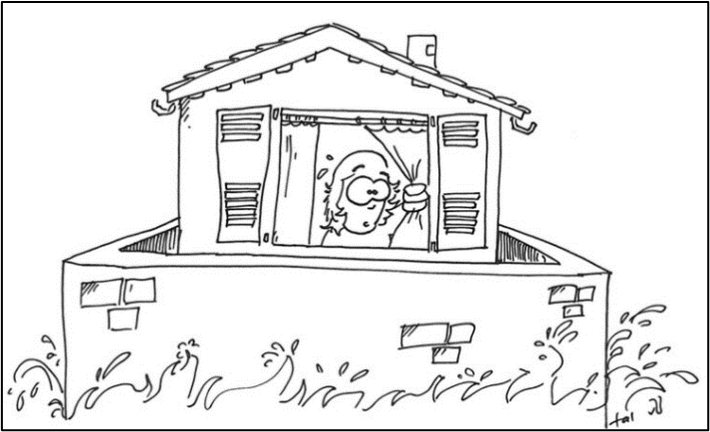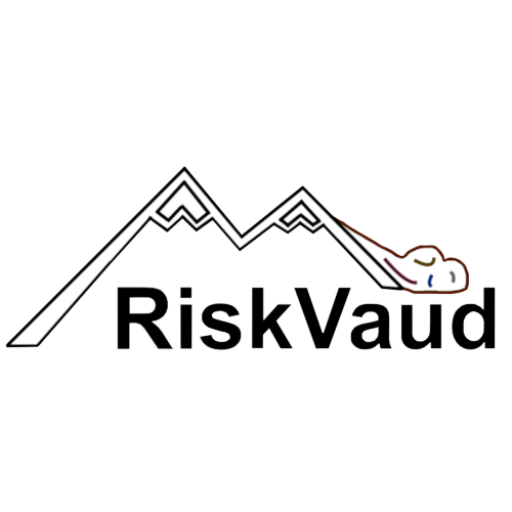Vulnerability
by Nicolas Serrano
Vulnerability and exposure are components of risk that are commonly conflated as a simplification, however, this can lead to misunderstandings as they are independent terms that must be assessed separately. In the following, we will review the concepts of each.
What is vulnerability
One of the most important factors in disaster risk assessment is vulnerability. It is defined as those social, physical or environmental characteristics that make an individual, community or system susceptible to being affected by any kind of hazard.
Generally speaking, there are numerous factors that influence vulnerability, for example environmental factors such as deforestation and loss of vegetation can lead to mass movements or river flooding, social or economic factors can lead to the development of settlements in susceptible areas such as river flood plains, or physical factors such as poor building design can be more likely to fail in the event of physical stress.
Vulnerability assessment in the process of understanding risk is very complex, due to the large number of factors or the possible outcomes when these are combined. But in general, it is necessary to understand the roots of the problem, where the vulnerability of a certain community or person comes from. To understand it a little better, vulnerability has been divided into physical and socio-economic vulnerability, the first related to the aptitude of structures to withstand determined natural hazard and the socio-economic vulnerability which respects to the behaviors or actions that communities and individuals present according to their economic capacity and social stratum that can make them susceptible to hazards.
Why is vulnerability important?
It is important to understand that vulnerability is affected by the set of characteristics of the exposed elements. Therefore, reducing vulnerability is one of the most effective ways to reduce risk. This is because it is in our hands as a community and as decision-makers to take actions that can create, reduce or eliminate vulnerability. The impact of a hazardous event, regardless of its severity, depends on this factor. This is why we can observe relatively mild events with severe consequences and events of great intensity with moderately mild consequences
How to reduce vulnerability?
It is clear that we cannot control the severity of natural hazards, but we can make plans to be prepared to better withstand and recover from them. It is important in this context to take actions in the local, national and international ambits as vulnerability is usually a result of the combined characteristics of these circles.

It should be noticed that vulnerability is not only about the process of preventing and reducing the risk of disasters but also about the response during the relief, recovery and reconstruction periods.
Examples of actions we can take in this regard include policies for minimum building requirements for structures, disaster insurance encouraging, promotion of diverse and resilient livelihoods, rising in risk knowledge, awareness and preparedness plans.


